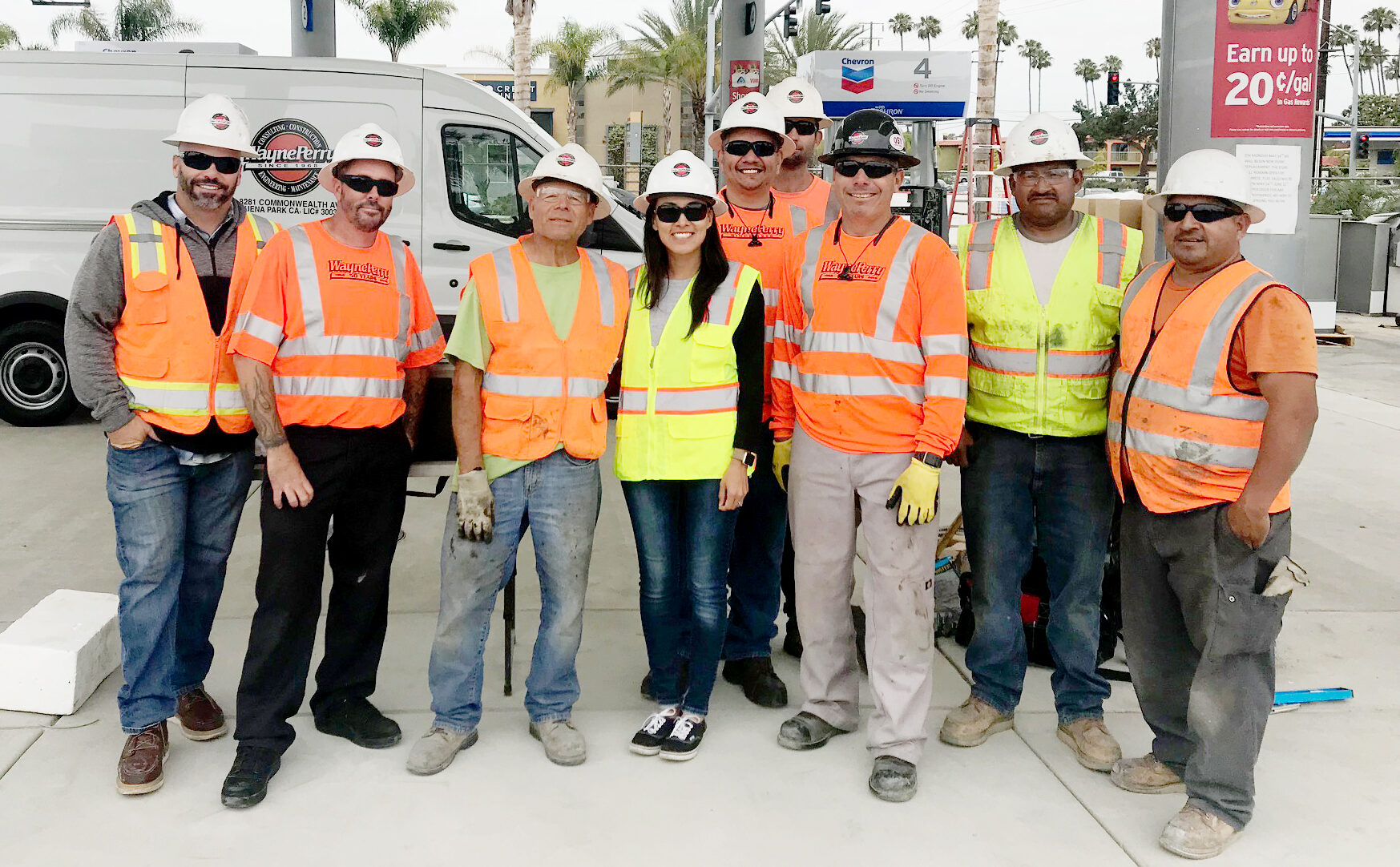Per- and polyfluoroalkyl substances (PFAS) pose a significant concern for public health and environmental well-being due to their widespread presence, persistence, and potential adverse effects in groundwater, soil, and the air.
Per- and polyfluoroalkyl substances (PFAS) present a pressing challenge to both public health and environmental integrity, given their pervasive distribution, enduring presence, and potentially detrimental effects on groundwater, soil, and air quality. PFAS, a group of synthetic chemicals found in a myriad of industrial and consumer products, ranging from firefighting foams to nonstick cookware and water-repellent fabrics, have become ubiquitous due to their durability and versatility. However, their resistance to degradation has resulted in widespread accumulation in the environment, posing significant risks to the well-being of ecosystems and humans alike.
Understanding PFAS Hazards
The primary concerns associated with PFAS stem from their environmental persistence and bioaccumulative properties. These chemicals have been detected across diverse environmental matrices globally, including water bodies, construction sites, soil, air, and wildlife. The potential health implications of PFAS exposure are profound, with developmental disorders and cancer among the significant risks associated with prolonged exposure to these contaminants.
Erica Rodriguez, WPI’s senior environmental scientist and project manager, emphasizes the urgency of addressing PFAS contamination: “Mitigating PFAS contamination for our customers is paramount because these chemicals pose a persistent threat to both human health and the environment. By taking decisive action to address PFAS pollution, we protect communities from potential health risks such as developmental disorders and cancer. In addition, safeguarding our ecosystems from the long-lasting effects of PFAS ensures a sustainable and healthier future for generations to come.”
Identifying PFAS Hotspots
PFAS contamination is prevalent across various environmental settings, with industrial facilities, military bases, airports, and landfills often exhibiting elevated levels of contamination. These locations typically have a history of PFAS usage or disposal, leading to the leaching of these chemicals into the surrounding environment. Addressing PFAS contamination at such sites requires a tailored remediation approach, taking into account the specific conditions and challenges unique to each location.
Key Steps in PFAS Remediation
Remediating a site contaminated by PFAS entails several essential steps, beginning with a comprehensive site assessment.
- Site Assessment: Every site contaminated with PFAS presents unique challenges, including the extent of contamination, anticipated land use, and regulatory considerations. Site assessment involves thorough testing and analysis to determine the nature and severity of contamination, providing essential data for the development of a remediation strategy.
- Designing Remediation Plan: Based on the site assessment findings, a remediation plan is developed, outlining the specific steps and technologies to be employed. Activated charcoal is often integrated into treatment systems due to its high adsorption capacity and proven effectiveness in removing PFAS contaminants.
- Implementation and Monitoring: The remediation plan is put into action, with activated charcoal treatment systems deployed to remove PFAS from water or soil. Continuous monitoring is essential to ensure the effectiveness of the remediation efforts and make any necessary adjustments to optimize performance.
- Engaging with Regulatory Agencies: Throughout the remediation process, close collaboration with regulatory agencies is vital to ensure compliance with applicable laws and regulations, including obtaining necessary permits, approvals, and clearances for remediation activities, as well as ongoing communication to address any regulatory concerns or updates. Working hand in hand with regulatory agencies streamlines the remediation process and facilitates the timely approvals that contribute to the successful completion of the project.
WPI Success Story: Activated Charcoal in Action
The discovery of PFAS contamination on a construction site can significantly impact a redevelopment project, leading to construction delays and increased costs. To avoid this hardship, a local developer seeking to build a multifamily housing complex on a former Orange County, California, military base that was known to be contaminated with PFAS approached Wayne Perry’s environmental team.
WPI worked with the client to ensure a successful outcome in the following ways:
- Collaborating Closely with the Client to Understand the Project Scope
WPI’s environmental project management team embarked on a thorough exploration of the site’s construction plans. By meticulously examining the blueprints and proposed layout of the housing complex, the team gained valuable insights into the potential areas of concern and the scope of remediation required. Throughout this process, WPI maintained open lines of communication with the client, soliciting their input and addressing any concerns or questions they had regarding the remediation process. - Selecting the Best PFAS Remediation Technique
After conducting thorough sampling at the site, it quickly became evident that traditional carbon treatment, as opposed to ion exchange, advanced oxidation, biological treatment, and other processes, would work best to remove the high levels of PFAS in the groundwater. However, choosing the appropriate type of carbon proved to be crucial.
The team explored various options to identify the most suitable type of carbon for treating the specific levels of PFAS present. Ultimately, it was determined coal carbon would be most effective in the remediation process. - Overcoming On-site Challenges
One of the challenges encountered during the remediation process was the large volume of water requiring treatment, ranging from 25 to 50 gallons per minute. Additionally, there was limited contact time between the carbon and water, posing another obstacle to effective treatment. Despite these challenges, the project team worked tirelessly to find the best, most cost-effective approach to optimize the treatment process. - Ensuring Compliance with Regulatory Requirements
In addition to implementing effective remediation strategies, ensuring compliance with regulatory standards was a top priority for WPI throughout the remediation process. The company meticulously adhered to agency discharge levels and conducted routine sampling and analysis of effluent water to assess the efficacy of the treatment process and verify compliance with discharge limits.
By proactively monitoring and addressing regulatory requirements, WPI not only safeguarded the environment and public health but also fostered trust and credibility with regulatory agencies and stakeholders.
A Successful Outcome and Satisfied Client
The remediation efforts processed over one million gallons of water and ensured compliance with regulatory standards. The project, initiated in 2019, extended into 2023, with various phases of equipment operation and shutdowns aligning with the development progress of the housing complex.
The team worked closely with permitting agencies to coordinate changes in discharge points as the large parcel underwent development, ensuring smooth operations throughout the project’s life cycle.
Commenting on the process from beginning to end, Rodriguez said, “We needed to expedite the cleanup process and collaborate closely with regulatory authorities to ensure the site was thoroughly decontaminated and safe for residential development. Our top priority was to protect the future residents and uphold our commitment to environmental stewardship.”





